The art of cooking frozen dumplings, known in Chinese cuisine as bing hún tún (冰馄饨), has sparked endless debates among home cooks and culinary enthusiasts alike. The central question? Should you plunge these frozen pockets of deliciousness into a pot of cold water and bring it to a boil, or toss them directly into already-boiling water? This seemingly simple query opens a Pandora’s box of culinary science, tradition, and practicality. In this exploration, we’ll dissect both methods, evaluate their merits, and equip you with the knowledge to achieve dumpling perfection every time.
The Cold Water Method: Slow and Steady Wins the Race?
Advocates of the cold water approach argue that gradually heating the dumplings ensures even cooking and prevents the wrappers from becoming gummy or breaking apart. Here’s how it works:
- Preparation: Fill a pot with enough cold water to submerge the dumplings. Add a pinch of salt (to raise the water’s boiling point slightly and season the dough) and a drizzle of oil (to prevent sticking).
- Add Dumplings: Gently place the frozen dumplings into the cold water.
- Heat Gradually: Turn on the stove to medium-high heat. As the water warms, the dumplings thaw slowly, allowing their wrappers to soften uniformly.
- Stir Gently: Once the water reaches a simmer, use a slotted spoon to stir lightly, ensuring the dumplings don’t clump together.
- Boil and Serve: After 8–10 minutes (depending on dumpling size), the dumplings should float to the surface – a visual cue they’re ready.
Pros:
- Even Thawing: The slow heating prevents sudden temperature shocks, reducing the risk of wrapper tears.
- Textural Control: The wrappers remain tender rather than turning overly chewy or starchy.
- Reduced Sticking: The initial cold water and oil create a slippery environment, minimizing adhesion.
Cons:
- Longer Cooking Time: This method adds 5–7 minutes compared to boiling water.
- Potential for Overcooking: If left unattended, the extended simmering might cause fillings to dry out.
The Boiling Water Method: Speed and Efficiency
The boiling water camp prioritizes speed and a crispier texture. Here’s their protocol:
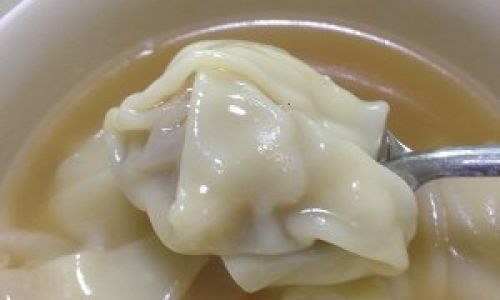
- Preparation: Boil a pot of water over high heat. Add salt and oil as before.
- Add Dumplings: Carefully drop the frozen dumplings into the rolling boil.
- Stir Immediately: Agitate the water with a spoon to prevent sticking.
- Adjust Heat: Reduce to a gentle boil to avoid violent bubbling that could damage the dumplings.
- Cook Time: Boil for 6–8 minutes until they float.
Pros:
- Faster Results: Ideal for time-sensitive meals.
- Crispier Wrappers (if pan-fried afterward): Some cooks prefer boiling first, then searing for a golden finish.
- Intuitive Timing: The float test is a clear indicator of doneness.
Cons:
- Risk of Breakage: Dumping frozen dumplings into boiling water can cause wrappers to stick to the pot or each other.
- Uneven Cooking: The exterior may cook faster than the filling, leading to a raw center.
The Science Behind the Sizzle: What’s Really Happening?
To understand the debate, we must delve into food chemistry. Dumpling wrappers are made from wheat flour, water, and salt. When frozen, ice crystals form within the dough. The cooking method affects how these crystals melt and how the dough’s proteins (gluten) and starches behave.
-
Cold Water Method:
- Ice Crystal Melting: Gradual heating allows ice crystals to melt slowly, preventing sudden moisture loss that could toughen the wrapper.
- Gluten Development: Moderate heat encourages gluten to relax, yielding a softer texture.
- Starches Gelatinize Evenly: As the water heats, starches absorb moisture and swell uniformly, avoiding lumpy patches.
-
Boiling Water Method:
- Rapid Protein Coagulation: High heat immediately denatures proteins on the dumpling’s surface, creating a protective layer. This can seal in juices but may also trap moisture, leading to sogginess if overcooked.
- Starch Retrogradation: Sudden heat can cause starches to recrystallize unevenly, resulting in a slightly gummier texture.
Common Pitfalls and How to Avoid Them
Regardless of your chosen method, mistakes can derail your dumpling dreams. Here’s how to sidestep them:

-
Overcrowding the Pot:
- Issue: Dumplings stick together, creating doughy clumps.
- Fix: Cook in batches, ensuring each dumpling has space to move.
-
Ignoring the Float Test:
- Issue: Prematurely removing dumplings leads to raw centers.
- Fix: Wait until they bob to the surface, then test one by slicing it open.
-
Using High Heat Throughout:
- Issue: Boiling water can violently bump and break dumplings.
- Fix: Reduce heat to a gentle simmer after adding dumplings.
-
Skipping the Oil:
- Issue: Dumplings adhere to the pot or each other.
- Fix: Add 1–2 teaspoons of sesame or vegetable oil to the water.
Cultural Perspectives: Tradition vs. Innovation
The cold vs. hot water debate also reflects broader cultural attitudes toward cooking. In China, where dumplings symbolize family and tradition, older generations often swear by the cold water method, passed down through oral histories. They argue that patience yields a dish that’s both comforting and respectful to the ingredients.
Conversely, younger cooks in urban centers, pressed by time and exposed to global culinary trends, favor the boiling water method. To them, efficiency is as vital as flavor, and modern kitchen tools (like nonstick pots) mitigate sticking risks.
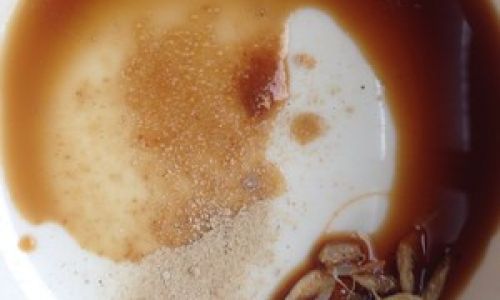
Some chefs even advocate hybrid approaches: starting in cold water, then increasing the heat to finish. This “best of both worlds” strategy aims to thaw gently while reducing overall cooking time.
Beyond Boiling: Alternative Cooking Methods
While boiling dominates the conversation, dumplings can also be steamed, pan-fried, or even air-fried. For frozen dumplings:
- Steaming: Preserves moisture but requires a bamboo steamer and 12–15 minutes.
- Pan-Frying (Potstickers): Sear frozen dumplings in oil until golden, then add water and cover to steam.
- Air-Frying: Toss frozen dumplings in oil, air-fry at 375°F (190°C) for 12–15 minutes for a crispy texture.
Each method alters the final product’s texture and flavor profile, offering endless experimentation opportunities.
The Verdict: Is There a “Right” Answer?
After dissecting techniques, science, and culture, the answer hinges on your priorities:
-
Choose Cold Water If:
- You prioritize wrapper tenderness and even cooking.
- You’re cooking for a crowd and need a hands-off approach.
- You’re using delicate, thin-skinned dumplings.
-
Choose Boiling Water If:

- Speed is paramount.
- You plan to pan-fry afterward for a crispy finish.
- You’re using thick-skinned or hearty dumplings (e.g., pork and cabbage).
Pro Tip: Regardless of method, always serve dumplings immediately. Lingering in the pot or on the plate invites sogginess.
Final Thoughts: A Dish That Unites
The cold vs. hot water debate is more than a culinary preference—it’s a microcosm of how we balance tradition with innovation. Whether you’re a purist defending your grandmother’s recipe or a modernist hacking the perfect weeknight meal, the goal remains the same: a plate of dumplings that warm the soul.
So next time you unwrap a bag of frozen hún tún, remember that there’s no single “correct” way. Cook with intention, savor the process, and above all, enjoy the fruits of your labor—one steaming, flavorful bite at a time.
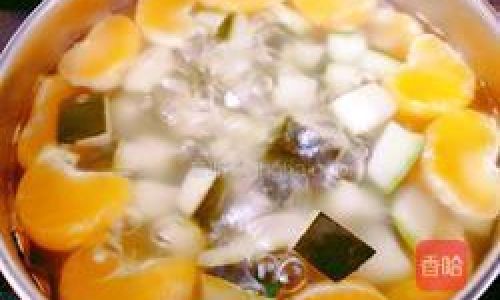
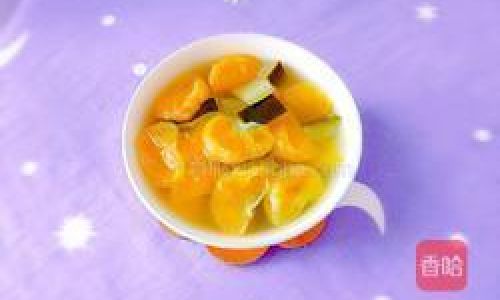
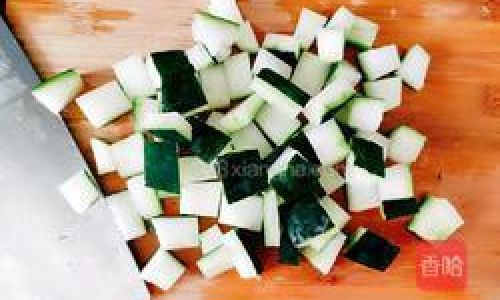
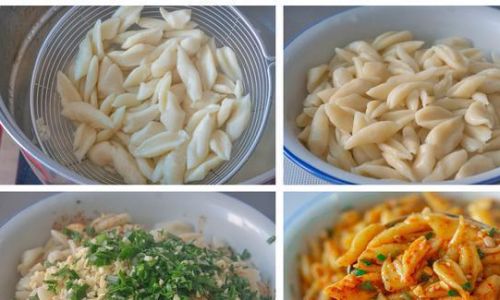
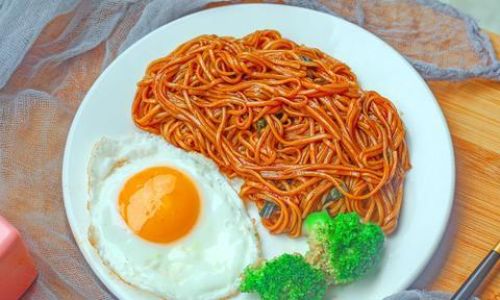
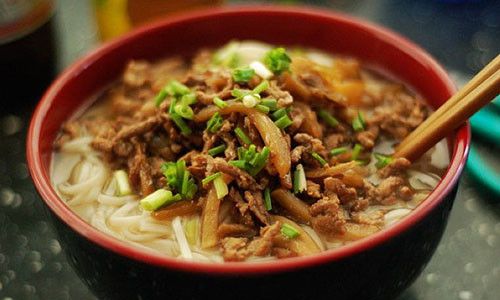
0 comments